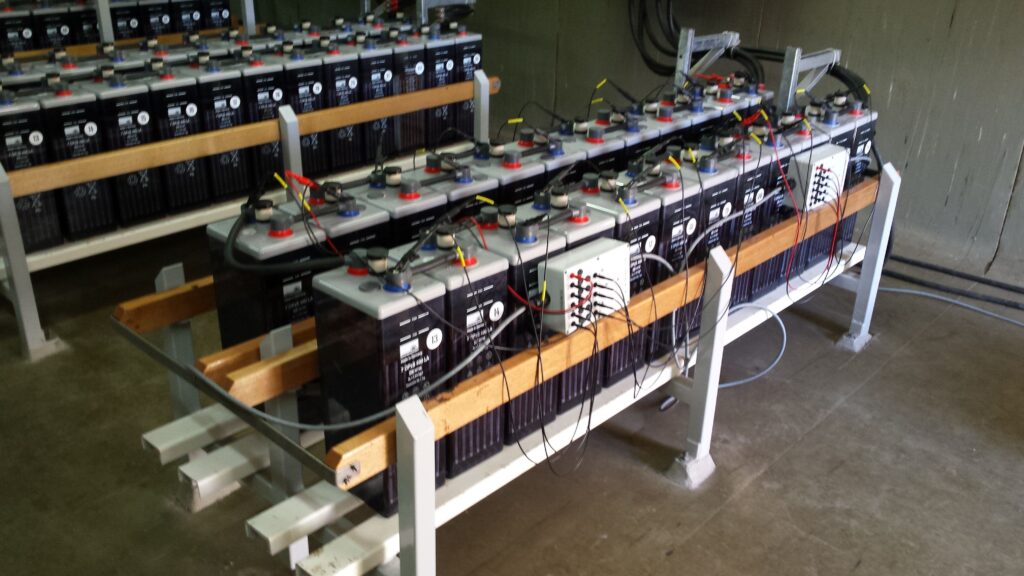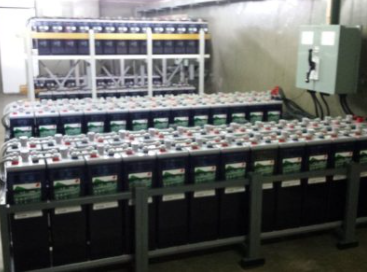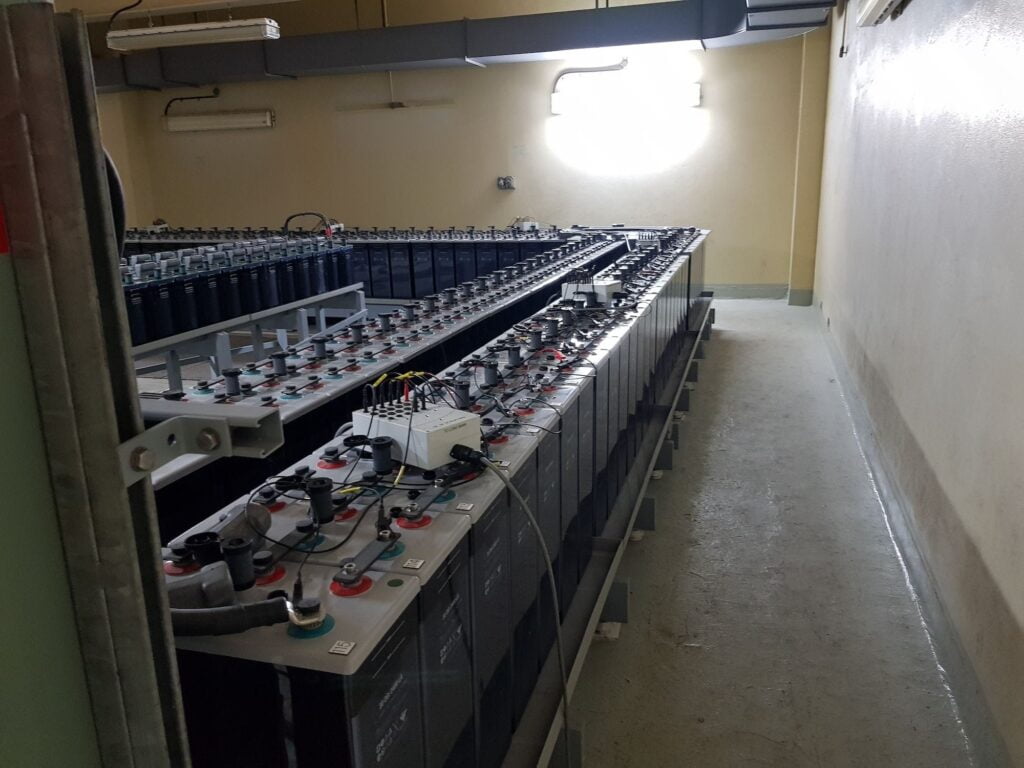Batteries are essential components of any Australian household and it’s really crucial that you find the correct one for your requirements as they can be expensive if not chosen wisely from day 1. We have created an informative article about everything there is to know about how these power-providing devices work, what features should matter most when choosing which type of battery best suits each individual need, and some top tips on prolonging their lifespan by avoiding common mistakes while using them.
What is a battery?

A battery is a device that delivers power to an electrical system. They come in various shapes and sizes, but all have the same basic functionality of storing energy from direct current created by chemical reactions inside them so it can be used when we need electricity most. It is something you would find in every electronic device or machine around your house – they make lights turn on, microwaves heat up meals, and much more! The history of batteries
The history of batteries
Let’s take a look at the battery. It is something that we can’t live without these days, but where does it come from? Well, you may not have realized this before now – though I’m sure most people know by now! – there are two different types of current: Lithium-Ion and Nickel Cadmium (NiCd). Both have their strengths in certain areas such as cost efficiency or longevity; however, NiCds use more energy than LiOns which means they will last longer between charges. You also get to choose your type depending on what applications you need them for too like mobile phones vs cameras etc.; so consider carefully when making any purchase decision because every little choice has an impact
An interesting and engaging account of the history of batteries
The first battery was created by Alessandro Volta in the 1800s, who discovered that if he connected two different metals with a saltwater solution they would produce an electric current. This discovery led to many more advancements in electricity such as inductance coils which act like antennas- picking up electromagnetic waves from our radios or television sets.
How batteries work and what they do?

Batteries are an essential part of our everyday lives as they power the gadgets that we rely on.
Batteries are integral to how modern life functions, powering everything from cutting-edge tech and appliances in homes to medical devices at hospitals. But what exactly is a battery? The best way for me to answer this question would be with an analogy: if electricity was water then batteries would be your pipes which carry it around your home or workplace so you can access it wherever there’s plumbing.
Types of batteries
There are two different types of batteries: rechargeable and non-rechargeable. Non-rechargeables only work until they’re drained, at which point you’ll have to replace them with new ones; however, these can be the most cost-effective option if you don’t need your battery for a long time or use it infrequently. Rechargeables on the other hand will retain 100% power as long as you keep recharging them after every use, but this requires more effort and patience than just buying disposable replacements periodically. For example, many mobile phones that come preinstalled from manufacturers like LG offer both options depending upon what suits one’s needs better while choosing their mobile phone model.
Battery life and how to make them last longer

Batteries are a great way to power your devices, but they do have their limitations. They gradually lose the ability to hold as much charge over time and can become unreliable in extreme temperatures or low voltage environments.
Batteries were originally invented by Alessandro Volta around the 1800s with recent developments being made for lithium-ion batteries used today which has improved the durability of battery life span from 5 years down to 2 years at most!
Batteries in the home, office, or outdoors
Batteries are the most common form of power supply for consumer electronics. They work by generating electricity through a chemical reaction between zinc and manganese dioxide, with each battery producing approximately two volts per cell.
Batteries in the home or office provide portable energy to all sorts of devices from smoke detectors to calculators, while batteries used outdoors can be utilized as part of wind turbines that generate green renewable energy such as solar panels which convert sunlight into clean electric voltage

